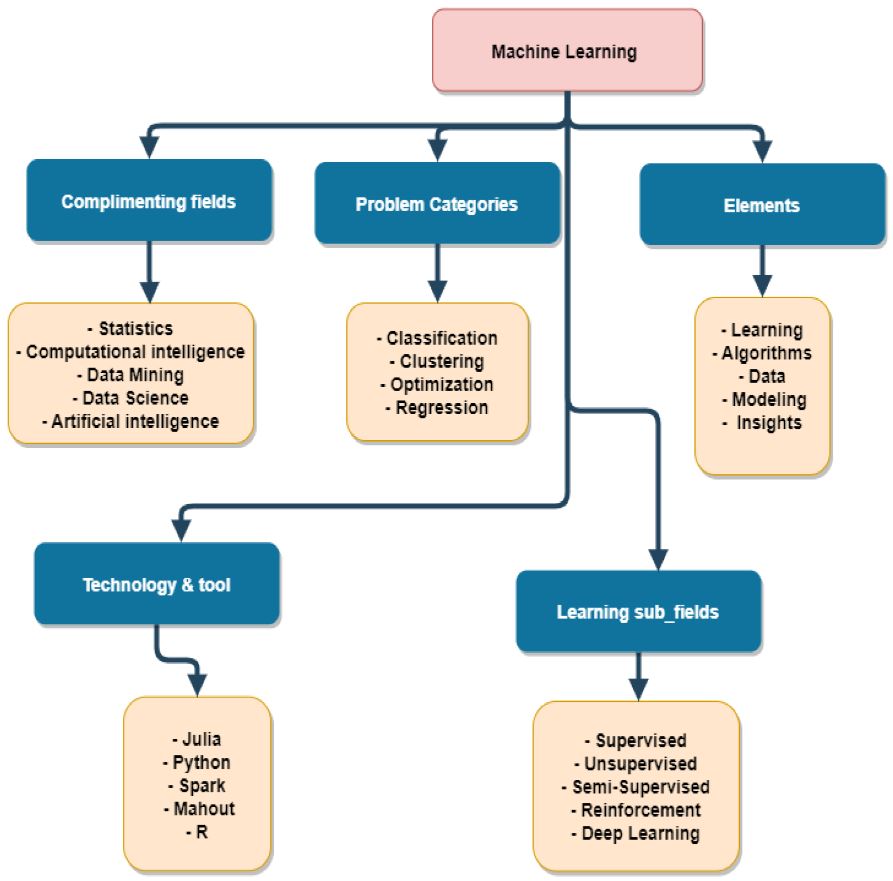 Convolutional Neural Networks, or CNNs, have been inspired by the human brain’s visual processing for quite some time. But there’s a catch—they often fall short when it comes to understanding cause and effect or grasping abstract ideas. While CNNs are fantastic at handling visual data, they sometimes struggle to adapt like we do. This is where recent developments are making a difference. By leveraging advanced methods like Model-Agnostic Meta-Learning (MAML), researchers are finding ways to help CNNs become more flexible thinkers.
Convolutional Neural Networks, or CNNs, have been inspired by the human brain’s visual processing for quite some time. But there’s a catch—they often fall short when it comes to understanding cause and effect or grasping abstract ideas. While CNNs are fantastic at handling visual data, they sometimes struggle to adapt like we do. This is where recent developments are making a difference. By leveraging advanced methods like Model-Agnostic Meta-Learning (MAML), researchers are finding ways to help CNNs become more flexible thinkers.
So, what makes MAML stand out? Traditional approaches typically fine-tune CNN weights for each task. MAML, on the other hand, seeks a weight setup that boosts performance across various tasks. Think of it as training CNNs to be more versatile, much like how humans can apply their learning to new situations. This technique is showing promise, especially in helping more straightforward CNN models understand complex relationships, similar to higher-level human cognitive functions.
Through meta-learning, CNNs can start to mimic the adaptability we humans naturally possess. It’s an exciting step forward in artificial intelligence, inching us closer to machines that can think and learn more like us.








